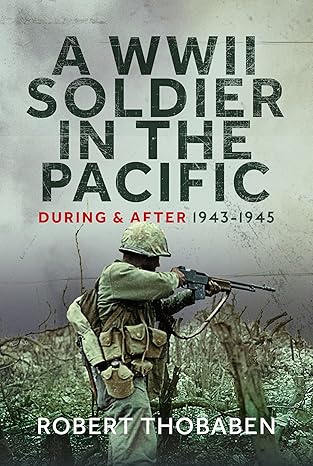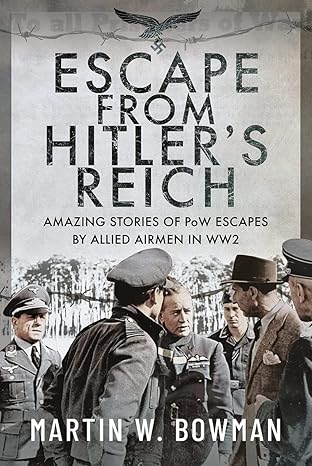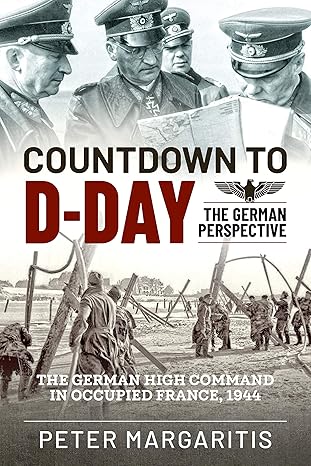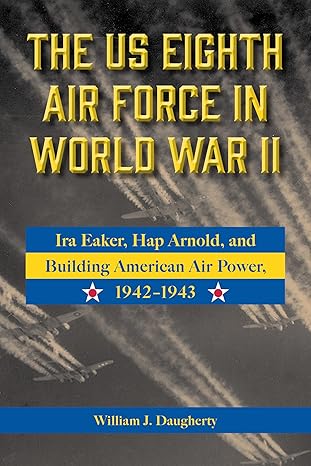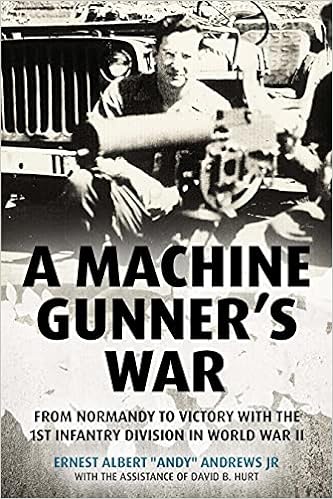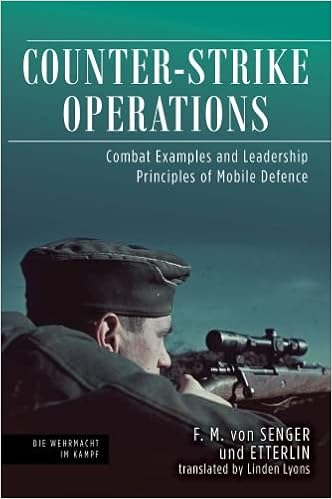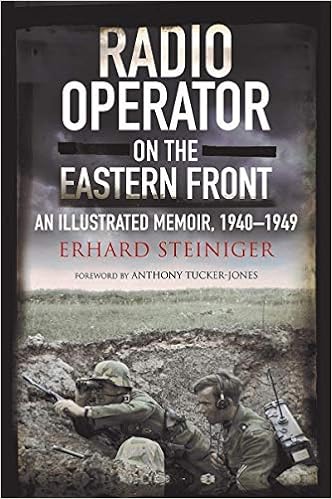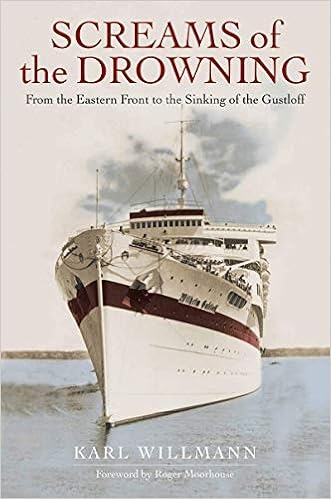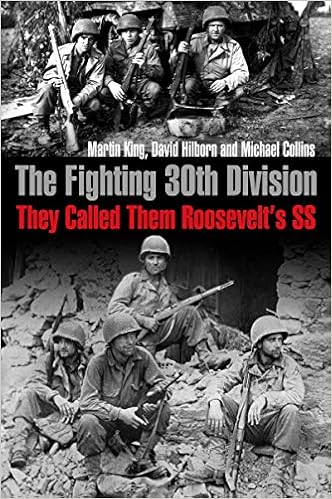The Battle for the Seaports
By Ruud Bruyns
On January 30 1945 there was a remarkable movie premiere in the French seaport of La Rochelle. The latest German war movie ‘Kolberg’ was displayed for the first time to an audience which consisted of more than 20.000 soldiers, who were besieged by Allied forces since August 1944. This movie, which was shot in full color, was meant to boost morale among the German garrison by setting the siege of Kolberg by the French in 1806 as an example. This was necessary because the Germans were trapped there for almost half year, as were ten of thousands other German soldiers in the ports of France, Belgium and Holland during the autumn of 1944. How was it possible that approximately 200.000 German soldiers were locked up in these ports while the German homeland was bound to be attacked by the Allies? Was it coincidence, or was there a plan behind this set-up?
Bridgehead Normandy
From the beginning of the preparations for the invasion of Normandy, the greatest worry of the Allies was not to land the troops on the beach but to keep them there, in other words the supply of the invasion force. Without a fitting seaport to accommodate the thousands of shiploads, the Allies would not have been able to bring sufficient supplies to support an army of hundreds of thousands of Allied soldiers against the Germans. Supplies were not only needed to support the army in the fields of Normandy, but also to sustain the attack until Germany was conquered. The Germans also saw this problem and fortified the seaports and concentrated their garrisons in those vital seaports along the French and Belgian coast.
Of course, a port could be taken by direct surprise amphibious assault. This had been tried during the ‘raid’ at Dieppe in 1942, which ended in a slaughter of mostly Canadian and British troops. The ports were even more heavily defended in 1944 and the Allies abandoned the idea of storming of port. Instead they focussed on landing first and conquering a port later on, definitively a calculated risk. In order to keep their units supplied until this port was conquered the Allies relied on the construction of so-called Mullberies, an artificial harbour composed of concrete caissons and sunken ships, on the landing beaches.
These Mullberies would do for the time being, but ultimately the capture of one of the Channel ports was a necessary condition to keep the fully motorized Allied troops supplied with food, munitions, fuel and replacements. The Allies fully acknowledged their own supply limitations and tried to make the odds even by denying the Germans their necessary supplies and reinforcements by bombarding the French railroad system. They also strafed the Norman countryside by swarms of fighter bombers to prevent German trucks from reaching the troops with supplies. It led to the vital delay of several crack Panzer-Divisions and the subconsequent piecemeal deployment. The II SS-Panzerkorps was delayed for two weeks and it was forced to use precious fuel, because the French railnetwork was so thoroughly bombed that it could not bear the moving of whole divisions. Allied constant patrol over the Norman countryside even led to temporary breaks of German communication because it was not even safe for motorcyclists to ride around.
Cherbourg
The Allies also suffered from serious setbacks, like the heavy storm from the 19th until the 22nd of June, which damaged one of two Mullberry harbors so badly that it was abandoned. It made the conquest of a seaport top priority and the nearest one was Cherbourg. It was planned to capture this port within 40 days after D-Day, but now all American efforts were directed to this port, which already was defended by three divisions before D-Day, underlining its importance for both sides.
The Allies were aware that besieging a heavily fortified and garrisoned seaport like the Norman town of Cherbourg was a time consuming affair. They committed no less than three divisions under the command of Lawton J. Collins’ American VII Corps to the task. Collins was known for his ferocity in attack, earning the nickname ‘Lightning Joe’, and his lack for consideration of his own men. He ruthlessly drove his troops forward towards Cherbourg and managed to breach the other defences of concrete pillboxes. The determined American attack paid off and Cherbourg fell on June 26 1944.
Despite the conquest of Cherbourg the supply limitations were persistent, because the Germans completely destroyed all harbour installations and made even the approach of Cherbourg hazardous by laying mines and the sinking of ships. Rear-admiral Walter Hennecke was bestowed with the Knight’s Cross by Hitler as a reward for his accomplishment of wrecking the harbour, “a feat unprecedented in the annals of coastal defense”. The harbour could only be put in use after three months of extensive repairs, long after the Normandy campaign.
Supply became such a big issue that the overall commander of the Allied forces, Dwight Eisenhower, intended to use the whole newly arriving American 3rd Army under the command of George S. Patton for the conquest of Brittany to acquire the badly needed ports over there. The complete encirclement of the German army in Normandy made this move abundant, but the battle was not less fierce because of the fact Patton’s army was not completely committed.
Objective Brittany
In the beginning of August 1944 the Allies troops broke through the German lines and encircled the majority of the German army in Normandy. This opened the way to Brittany for the hunt of an operable seaport. Two American armoured divisions were deployed to ensure a quick occupation of an undamaged port, but they encountered heavy resistance of local garrisons. Saint Malo had a garrison of 10.000 German soldiers, who only surrendered on the 17th of August after heavy bombardments which reduced the medieval town to a pile of rubbles. The main port of Brest was even more heavily defended by 40.000 Germans, including the elite German 2nd Parachute Division. In Brest the Germans held out under the zealous command of parachute general Bernhard Ramcke until the 19th of September.
The heavy losses during the conquest of Cherbourg, Saint Malo and Brest convinced the Americans that further storming of ports in Brittany was not worth the price - a thoroughly destroyed port. The heavy Allied bombardments necessary for the conquest usually contributed to badly damaged ports, even before the Germans set in with their explosives. The ports of Saint Nazaire and Lorient, where respectively 35.000 and 26.000 German soldiers were bottled up, were besieged but left alone for the remainder of the war. This was remarkable because these ports were the staging points for German U-boot attacks against Allied shipping in the Atlantic.
The battle for Brittany is usually but undeservingly described as a side-show, because of its rather strange nature. Firstly, it was not a pitched battle but a series of dragging sieges. Secondly, the attack was directed to the ‘wrong’ direction – while the main Allied forces headed east towards Germany, a portion advanced west into the Brittany peninsula seemingly marching into nothingness. Thirdly, the battle of Brittany ended in an anti-climax because of the American decision to break off further attacks against the fortresses in September 1944. Actually the Brittany ports were of vital importance to ease the allied supply problems.
Although not the entire American 3rd Army was committed the number of troops send to Brittany was nonetheless impressive. The American 6th Armoured Division was send to bottle up the German garrisons after infantry divisions were poured in to finish the job. At least five infantry divisions, including the 2nd, 4th, 29th, 83rd and 94th were assigned to the Brittany peninsula for the campaign against the fortresses. At the siege of Brest alone three divisions were committed under VIII Corps to capture this town with her deep seaport. The Britanny campaign was in significance but also in size by no means a minor campaign.
The battle for Brittany was in some of aspects quite interesting. Both sides were willing to despatch great amounts of forces to keep or gain this peninsular part of France. Despite the fact that the Germans were suffering a great defeat in Normandy and the Allies were advancing towards Paris more than 110.000 German soldiers remained where they were to keep the ports of Brittany out of the hand of the Allies. They only partially succeeded, but it was a fact that the Allies could not use the damaged port facilities in Brittany for a considerable length of time. This fact had dire consequences for the Allied advance which came to a staggering halt in the beginning of September 1944 due to a lack of supplies. The Allies had outrun their supply lines just before the German border, which gave the Germans just enough time to rally their forces once more.
Battle for the Channel ports
On the 4th of September the British 2nd Army managed to capture the vital port of Antwerp, the second largest port in Western Europe after Rotterdam, unscathed with the help of the Belgian resistance. With the capture of Antwerp the supply problems of the Allies seemed to be solved overnight, but the approaches were firmly in German hands making the Scheldt estuary impassable for Allied shipping. The German 15th Army was still on the Belgian and Dutch coast to deny the use of the ports, which were the closest to England from where the supply were transported to the European mainland.
The capture of Antwerp also heralded the end of the continuous advance since August. Allies outran their supply lines, partly because of their own strategy of bombing the French and Belgian infrastructure to deny its use by the German army. Railroads and bridges were thoroughly destroyed and the Allies had to find another way to supply their troops. In order to tackle the increasing supply problems the Allies resorted to the Red Ball Express, a system of convoys by trucks to keep the supply running. Almost 6.000 trucks were constantly riding to and fro by a system of roads which were blocked for non-military traffic. The Red Ball Express was basically a patch-up system of a planned temporary situation of supply via the Normandy beaches. In order to sustain the offensive the Allies needed a deepwater seaport.
It has often been said that Montgomery lost a chance to trap the German 15th Army in the Scheldt estuary as he directed the British 2nd Army towards Arnhem to capture a bridge over the Rhine. I am inclined to say that Montgomery has drawn a large portion of this German army away from defending the Scheldt estuary by his attack on Arnhem. If the German had more troops buckled up in this area the conquest might have been more severe or even ended in a failure to dislodge the Germans in a foreseeable future. Success at Arnhem also might have resulted in a vital weakening of the German 15th Army by cutting its supply lines with Germany. The actual encirclement of a relative small portion of Germans around the Scheldt estuary did not make the conquest so much easier. Imagine it be defended by a whole army. Still, the main body of the German 15th Army still hung on to defend the area around the Scheldt, despite the fact that it ‘escaped’ encirclement.
In the beginning of September 1944, the British 2nd Army was mainly deployed in the interior along the axis of Brussels and Antwerp, while the rather weak Canadian 1st Army was appointed the unenviable and inglorious task of besieging the German strongholds of the most heavily fortified section of the ‘Atlantic Wall’, which were sufficiently manned and supplied to last a siege. In the French port of Le Havre near Normandy there were still 12.000 Germans, in Boulogne 10.0000 and in nearby Calais 10.000 soldiers. All these port were captured in the course of September 1944 by the Canadians. Still, the main body of the German 15th Army managed to escape by ferry and blocked the road to Rotterdam, the largest port in Western Europe, by putting up fierce resistance in the following months. It was not until November 1944 that the Germans were expelled from this area.
The most intriguing part of the deployment of German troops on the Belgian and Dutch coast was that the German were not only maintaining the original garrisons, but also used newly raised divisions for the defence of the ports: the 226th Infantry Division was garrisoned in Dunkirk, the 64th Infantry Division was located in Breskens on the southern bank of the Scheldt estuary, while the 70th Infantry Division was located on the northern bank on the island of Walcheren. Apparently these divisions could be missed in the defence of the German homeland, while the American army was already crossing the German border on several places in the beginning of September. All together the Germans left no less than 100.000 soldiers to defend the ports on the English Channel to deny their use to the Allies.
Wacht am Rhein
Despite the fact that Antwerp was liberated with a fight and the badly needed deep-water harbour facilities fell in into the hands of the British unscathed the battle for the Scheldt estuary lasted at least two months of bloody fighting, which were recalled by some as more vicious than the struggle at Arnhem. It was not until the end of November that the estuary was cleared from German troops and mines and declared safe for shipping. The first Allied convoy arrived at the 28th of November.
On the German side two divisions (the 64th and 70th) were sacrificed to keep the Scheldt estuary, losing 40.000 soldiers killed, wounded and as prisoners. The German 15th Army was deployed near Antwerp to prevent capture of Rotterdam and keep supply lines open for the Scheldt estuary garrison. They were also deploying one of their so-called ‘miracle weapons’, the ballistic missile called V2, trying to destroy the Antwerp harbour facilities or at least disrupt the flow of supplies. More German rockets were fired at Antwerp than any other objective during the war, including London. The Germans were in other words aware of the vital importance of Antwerp and were spending great efforts preventing its use by the Allies.
Meanwhile Hitler was brewing on a solution to increasing ease the pressure on the Western Front in order to be able to strengthen the Eastern Front for Stalin’s next offensive. He thought that he could reserve the fortunes in the West by a bold strike which would knock the Allies out of the war or keep them off balance for a considerable amount of time. Hitler envisaged an offensive from the Ardennes directed at Antwerp, the main port of Allied supply, deceptively named ‘Wacht am Rhein’ (Stand at the Rhine) to suggest a defensive purpose for the assembled troops in the Ardennes. If the Germans managed to capture Antwerp, the Allies would not only be split in two halves and they would loose their primary supply hub.
Although the Germans deployed their last available reserves and their best divisions to ensure success of the offensive the once mighty German armoured divisions got stuck in the forested valleys of the Ardennes, ultimately running out of fuel without even reaching the Meuse, let alone the Scheldt. By squandering his last reserves in the Ardennes Hitler could never hope to lift the sieges of the German garrisons along the French coast. Moreover, the use of Antwerp as a supply hub from November 1944 made the strategic value of the German garrisons in France sink until zero.
When the Germans premiered the movie ‘Kolberg’ in La Rochelle on the 30th of January 1945 the Allied troops were set to invade Germany along the whole Western Front, unhindered by a lack of supplies. Meanwhile there was no fuel left in the besieged French ports to deploy the submarines, which used to wreak havoc among the Allied convoys. This fact deprived the German garrisons from their last strategic value. Nevertheless the remaining garrisons in Lorient, Saint Nazaire, La Rochelle and Dunkirk held out until the final surrender of the German armed forces in May 1945.
Conclusion
The German had already fortified the harbours along the coast of France, Belgium and Holland with the knowledge that no Allied invasion or advance could be sustained without the possession of at least one deep water port for bringing in troops and supplies. The Allies acknowledged this and constructed temporary artificial harbours on the Normandy coast, the Mullberries. Most efforts of the Allies were directed to acquire a port which could handle the increasing demand of men, supplies and fuel.
In September 1944 most ports in France were thoroughly demolished by German engineers or occupied by German garrisons. The liberation of Antwerp on the 4th of September brought no immediate relief, because the Germans were still holding out on the Scheldt estuary. The dislodgement of the German 15th Army was daunting task, which took three months of bloody battles and hard sieges. The fact that the Germans committed fresh divisions to the defence of the ports is proof that there was a strategy to keep the ports out of the hands of the Allies. In the end, the approximately a little more than 200.000 German soldiers were committed to this task, while the German borders were deprived of troops to man the West Wall.
The German strategy was almost successful at drawing Allied forces from the direction of Germany as the American 3rd Army of Patton was almost drawn into costly but futile sieges in Brittany in August 1944, while the Canadian 1st Army was spending more than three months clearing out the German garrisons along the coast of the English Channel. The most important result of the German strategy was the lack of much needed supplies to continue the Allied drive into Germany. This gave the German army time to recover from the setbacks of the summer and launch an abortive counteroffensive as a last bid to recapture the main Allied supply hub at Antwerp.
© 2026 Ruud Bruyns.
About the Author:
Ruud Bruyns MA has studied at Leyden University in the Netherlands and his major was military history. His final thesis was a case study on the performance of the Royal Dutch Colonial Army (KNIL) in Indonesia. Since his graduation he has written several articles in various magazines on military history, especially on World War II. he has a keen interest on 20th century warfare, ranging from conventional warfare to guerrilla warfare.
* Views expressed by contributors are their own and do not necessarily represent those of MilitaryHistoryOnline.com.

